Filter by
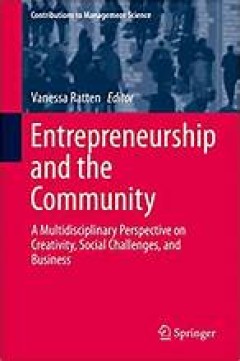
Entrepreneurship and the Community
Entrepreneurship is the result of various contextual factors in the community, which are shaped by social challenges and business needs. Recent research efforts have focused on the dynamics of communities and how they facilitate entrepreneurship among a diverse group of people and organizations. This book highlights research on the importance of communities and their role in providing an entrep…
- Edition
- 1
- ISBN/ISSN
- 978-3-030-23604-5
- Collation
- Kewirausahaan
- Series Title
- -
- Call Number
- 338.04

A Historical and Topographical Guide to the Geography of Strabo
Strabo's Geography, completed in the early first century AD, is the primary source for the history of Greek geography. This Guide provides the first English analysis of and commentary on this long and difficult text, and serves as a companion to the author's The Geography of Strabo, the first English translation of the work in many years. It thoroughly analyzes each of the seventeen books and p…
- Edition
- -
- ISBN/ISSN
- 9781316848203
- Collation
- -
- Series Title
- -
- Call Number
- -
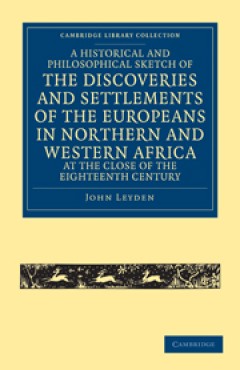
A Historical and Philosophical Sketch of the Discoveries and Settlements of t…
lthough he had never set foot in Africa, Scottish poet and linguist John Leyden (1775–1811) decided to publish in 1799 this compilation on 'discoveries and settlements' there, drawing from the published works of explorers. His aim was 'to exhibit the progress of discoveries at this period in North and West Africa', giving descriptions of places such as Guinea, the Gold Coast, and Sierra Leone…
- Edition
- -
- ISBN/ISSN
- 9781139058759
- Collation
- -
- Series Title
- Cambridge Library Collection - African Studies
- Call Number
- -
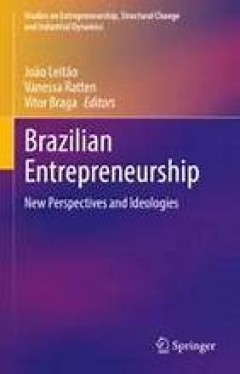
Brazilian Entrepreneurship
Brazil is a large country in terms of geographic land mass and population size. It’s position in Latin America means that it contributes to much of the economic development within this area. Despite the importance of Brazil in the global economy, not much research has been highlighted about entrepreneurship in the country. This book aims to change this by focusing on Brazil in terms of entrep…
- Edition
- 1
- ISBN/ISSN
- 978-3-031-09392-0
- Collation
- Industrial
- Series Title
- -
- Call Number
- 338

The Makassar Annals
The Makassar annals Translated and edited by William Cummings Beginning in the 1630s, a series of annalists at the main courts of Makassar began keeping records with dated entries that recorded a wide variety of specific historical information about a wide variety of topics, including the births and deaths of notable individuals, the actions of rulers, the spread of Islam, trade and diplomacy, …
- Edition
- Ed. 1
- ISBN/ISSN
- 9789004253629
- Collation
- 368
- Series Title
- Biblioteca Indonesica, 35
- Call Number
- 900 MAK m
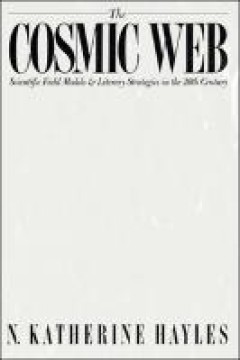
The Cosmic Web: Scientific Field Models and Literary Strategies in the Twenti…
From the central concept of the field—which depicts the world as a mutually interactive whole, with each part connected to every other part by an underlying field— have come models as diverse as quantum mathematics and Saussure’s theory of language. In The Cosmic Web, N. Katherine Hayles seeks to establish the scope of the field concept and to assess its importance for contemporary though…
- Edition
- Ed. 1
- ISBN/ISSN
- 9781501722974, 9781501727931
- Collation
- 210
- Series Title
- -
- Call Number
- 530.143 HAY c
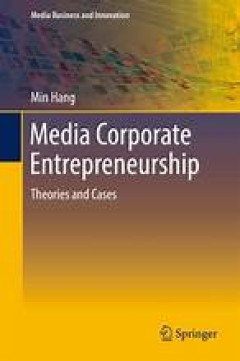
Media Corporate Entrepreneurship
This book examines corporate entrepreneurship start-ups in the media industries and provides a timely solution to fill in the gap of academic as well as practical knowledge in this regard. It brings together new media venturing practices in the west and east and covers new media opportunities in various emerging forms, including gaming, Internet, mobile and webcasting business.
- Edition
- 1
- ISBN/ISSN
- 978-981-10-2122-0
- Collation
- Marketing Online
- Series Title
- -
- Call Number
- 338.1
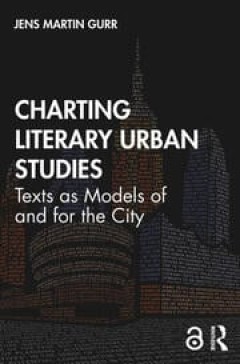
Charting Literary Urban Studies
Guided by the multifaceted relations between city and text, Charting Literary Urban Studies: Texts as Models of and for the City attempts to chart the burgeoning field of literary urban studies by outlining how texts in varying degrees function as both representations of the city and as blueprints for its future development. The study addresses questions such as these: How do literary texts rep…
- Edition
- -
- ISBN/ISSN
- -
- Collation
- -
- Series Title
- -
- Call Number
- -
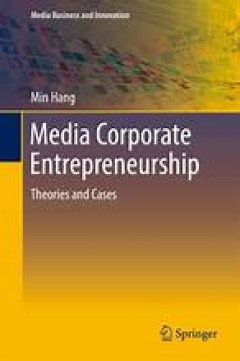
Media Corporate Entrepreneurship
This book examines corporate entrepreneurship start-ups in the media industries and provides a timely solution to fill in the gap of academic as well as practical knowledge in this regard. It brings together new media venturing practices in the west and east and covers new media opportunities in various emerging forms, including gaming, Internet, mobile and webcasting business.
- Edition
- 1
- ISBN/ISSN
- 978-981-10-2122-0
- Collation
- Business Management
- Series Title
- -
- Call Number
- 650
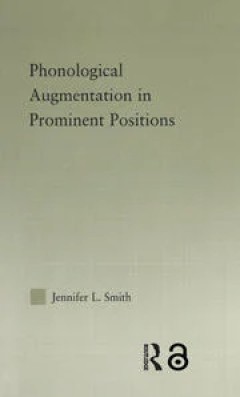
Becoming-Social in a Networked Age
This book examines the semiotic effects of protocols and algorithms at work in popular social media systems, bridging philosophical conversations in human-computer interaction (HCI) and information systems (IS) design with contemporary work in critical media, technology and software studies. Where most research into social media is sociological in scope, Neal Thomas shows how the underlying mat…
- Edition
- -
- ISBN/ISSN
- -
- Collation
- -
- Series Title
- -
- Call Number
- -
 Computer Science, Information & General Works
Computer Science, Information & General Works  Philosophy & Psychology
Philosophy & Psychology  Religion
Religion  Social Sciences
Social Sciences  Language
Language  Pure Science
Pure Science  Applied Sciences
Applied Sciences  Art & Recreation
Art & Recreation  Literature
Literature  History & Geography
History & Geography